The Food Bank ‘Mini’ team lives to figure out-of-the-box ways of delivering fresh, nutritious food to our neighbors in need. To help celebrate the wonderful offerings we are still distributing this summer, we asked members of our Nutrition Education team to help us out with a few refreshing Summer Squash recipes. They pulled up a few delicious ideas from our friends at EatFresh.org. Enjoy!
Slow Cooked Summer Squash

INGREDIENTS
6 medium summer squash – cut into 1/2-inch-thick slices
1 teaspoon salt – divided into two 1/2 teaspoons
2 tablespoons olive oil
1 medium onion – chopped
1 medium red bell pepper – seeded and chopped
1 garlic clove – minced
1 cup fresh bread crumbs
⅓ cup Parmesan cheese – freshly grated
1 teaspoon Italian seasoning
¼ teaspoon pepper
1 tablespoon unsalted butter – cut into small cubes
PREPARATION
*In a large colander, combine the zucchini slices with 1/2 tsp of the salt. Let stand until the zucchini gives off its juices, about 30 minutes. Rinse well under cold running water to remove the salt, drain and pat dry with paper towels.
*In a large skillet, heat the oil over medium heat. Add the onion and red bell pepper and cook, stirring often, until softened, about 5 minutes. Add the garlic and cook, stirring often, for 1 minute. Removed from the heat, add the zucchini, and mix well.
*In a medium bowl, mix the bread crumbs, Parmesan cheese, Italian seasoning, the remaining 1/2 teaspoon salt, and the pepper.
*Place half of the zucchini mixture in a buttered 3.5-qt slow cooker. Sprinkle with half of the crumb mixture. Top with the remaining zucchini mixture, the sprinkle with the remaining crumbs. dot the top of the crumbs with melted butter.
*Cover and slow cook until the zucchini is tender, about 4 to 5 hours on low.
Squash and Corn Pasta Soup
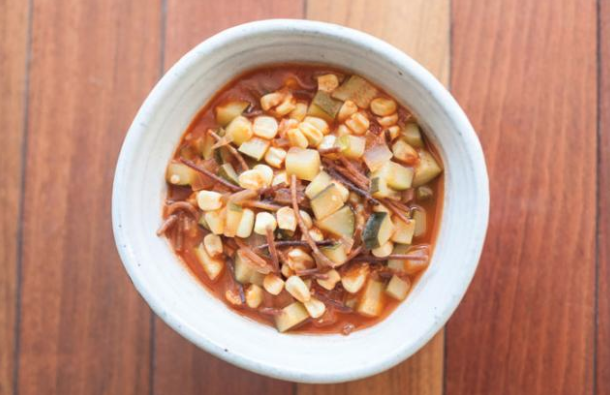
INGREDIENTS
3 cups Low-sodium chicken broth
4 Small zucchini (or any summer squash) diced
½ Small onion chopped
1 Large clove of garlic minced
2 cups Canned corn (16 oz.) drained
10 ounces Whole grain angel hair pasta (thin spaghetti) broken into 2” or 3” pieces
1 cup Tomato sauce (8 oz.)
Olive oil
PREPARATION
*Coat bottom on large skillet with a little bit of olive oil. Add broken pasta and mix well to coat. *Toast pasta over medium heat, stirring and turning constantly until golden. Pasta will burn easily.
*In a 2-quart saucepan, heat chicken broth to boiling. Add zucchini, onion, and garlic. Cook, covered, until zucchini is soft.
*Stir in corn and remove from heat.
*Carefully stir toasted spaghetti into saucepan with zucchini; add tomato sauce. Heat to boiling; reduce heat and simmer 8 to 10 minutes until spaghetti is tender.
*To serve, ladle into shallow bowls.
WANT MORE?
Join our email list to get Food Bank favorite recipes and lots of other great content delivered right to your…
SUBSCRIBE TODAY


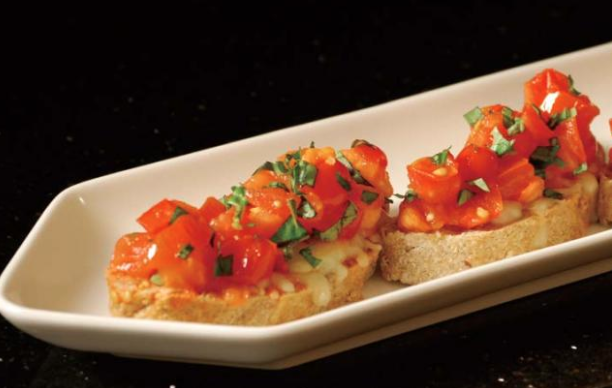
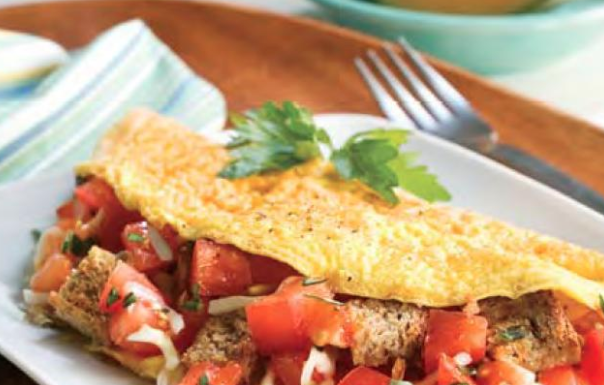





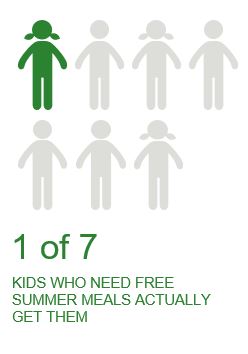
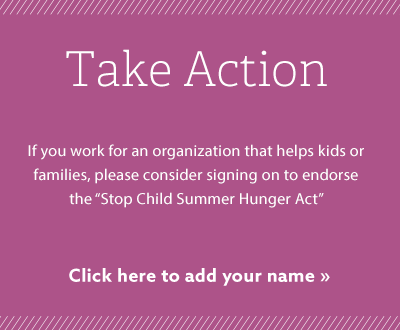
Share